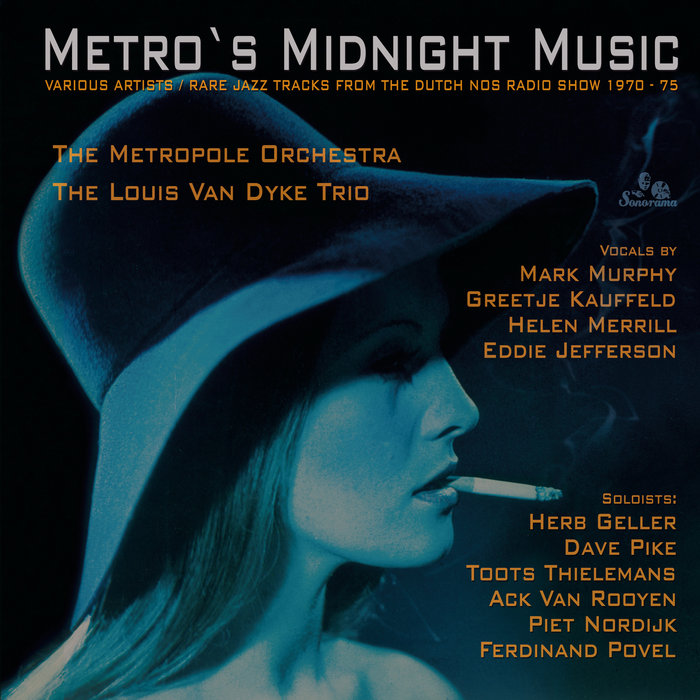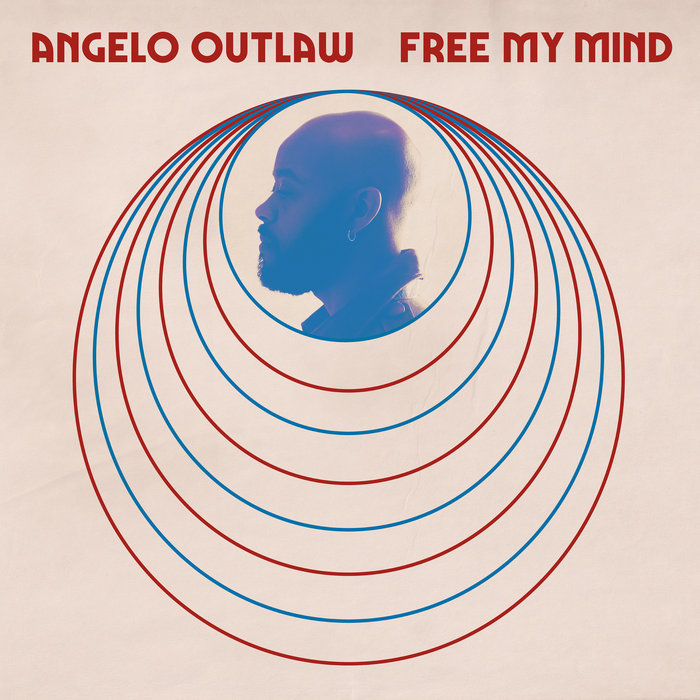
Children Of The Sun – Dave Pike & Louis Van Dyke Trio
this blog is GROOVY – check out great Soul, Funk, Jazz, Hip Hop, Bass, Breaks , Reggae, House n many more TUNES
The vibraphone, with its shimmering, metallic sound, might seem like a modern invention, but its roots run deep into the history of percussion.
From “Xylophone” to “Vibraharp”:
A Genre-Bending Instrument:
Funny Facts:
The vibraphone continues to evolve, with contemporary artists pushing its boundaries and exploring new musical territories. It’s a testament to the instrument’s versatility and enduring appeal that it continues to captivate audiences with its unique sound and vibrant energy.

Children Of The Sun – Dave Pike & Louis Van Dyke Trio

Fuego – Lauren Henderson

Free My Mind – Angelo Outlaw